Tegra K1 Review CPU/GPU/SoC – MTK Time To Step Up The Game
Competition is getting very stiff. There was a time when the only mobile SoC outside Apple Land that could be considered quite decent was created by Qualcomm. Now we have Samsung who has released Exynos which will soon have LTE in the 5430 iteration. MTK has come with quite a few very good bang-for-the-buck SoC and has LTE MT6595, MT6752 and MT6732 right around the corner.
Entering the arena with a serious SoC is juggernaut Nvidia who previously put out Tegra 3 and Tegra 4. Now they’ve decided it’s time to enter the battle full throttle with the Nvidia K1.
| Tegra K1 | |
| GPU | |
| NVIDIA® Kepler™ Architecture | 192 NVIDIA CUDA® Cores |
| CPU | |
| CPU Cores and Architecture | NVIDIA 4-Plus-1™ Quad-Core ARM Cortex-A15 “r3” |
| Max Clock Speed | 2.3 GHz |
| Memory | |
| Memory Type | DDR3L and LPDDR3 |
| Max Memory Size | 8 GB (with 40-bit address extension) |
| Display | |
| LCD | 3840×2160 |
| HDMI | 4K (UltraHD, 4096×2160) |
| Package | |
| Package Size/Type | 23×23 FCBGA 16×16 S-FCCSP 15×15 FC PoP |
| Process | 28 nm |
What stands out at the top of the chart is the 4-PLUS-1 technology. Previously this tech was known as ‘variable symmetric multiprocessing’, but Nvidia fans wanting a bit more marketing friendly term were eventually treated to the easier on palate and mind — ‘4-PLUS-1’. This is a similar concept to big.LITTLE, but instead of 4×4 or 2×2, it’s 4×1, where 4 cores kick in to handle the heavy loads and 1 core is used when the load is light.
The CPU to be used will be ARM Cortex-A15 with a max clock speed of 2.3GHz.
Very interesting to note the Tegra K1 is speccd to push up to 3840×2160 resolution and will come stock capable of outputting HDMI at up to 4K UltraHD (4096×2160). We see right away this SoC will be an excellent candidate for large tablets wanting to have high-end screens capable of retina displays. On an 11.0″ tablet screen, 3840×2160 will give you a PPI of 400. At this PPI, it will not be possible to discern individual pixels.
From the official Nvidia site:
The Nvidia K1 will use Keplar Technology. This is the same tech used in their PC GPUs. While it’s likely not as power-saving as Nvidia claims, they have been in the GPU game for about as long as modern 3D gaming has been around, so we’re expecting excellent performance ratios.
Let’s see how Tegra K1 fairs against the competition. The units used for the testing is Tegra 4 Nvidia Shield, Snapdragon 801 Oppo Find 7 and a Tegra K1 unidentified unit with 4GB RAM and PPI of 320.
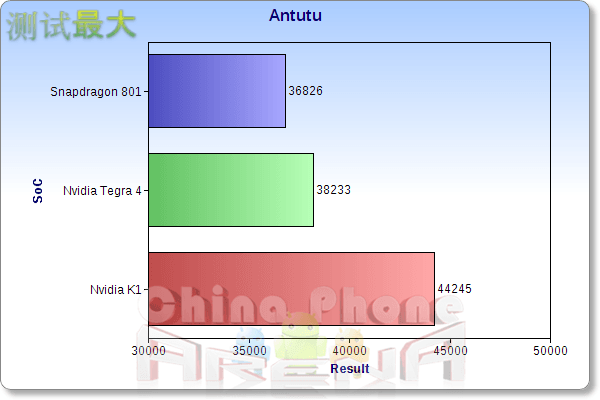
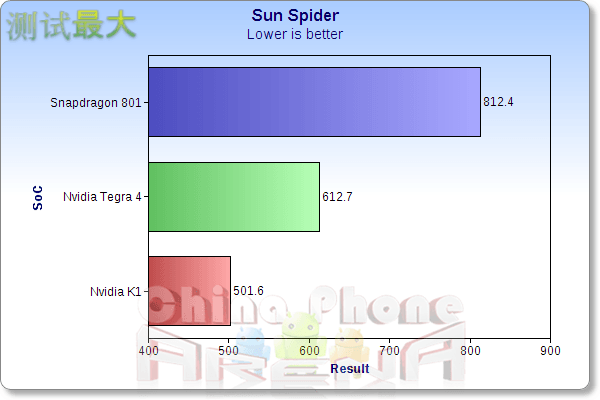

What a thrashing. Though resolution plays a large part in test scores, we must assume the K1 at the very least was competing with a 720p device.
It’s enough to convince Xiaomi, who has contracted the Nvidia K1 to be used in their upcoming MiPad tablet line.
A year or so back it may have been MTK who had some of the Big Boys shaking in their boots, but with the super hot SoC race and plummeting prices all around the block it is now MTK who really needs to step up their game.
It’s now possible to buy near premium phones such as the IUNI U2 with Snapdragon 800 in the $300 ballpark. While 2013 saw us deciding between a $200 MTK based phone and an $800 iPhone or Samsung Galaxy, the gap has lessened and many consumers looking to spend $200-250 may decide to spend 30% more for the SoC brand recognition alone.
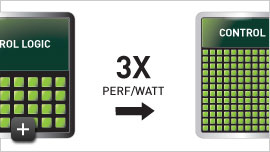



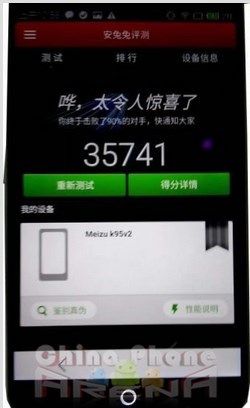

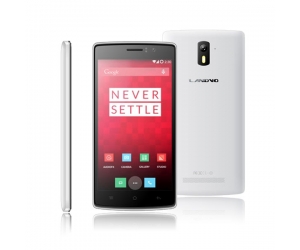
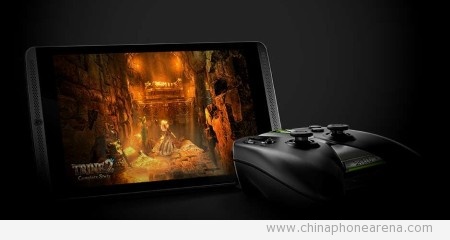

Too many unknowns if you ask me. What were the full specs of the other devices used? What were the conditions? Etc.
Plus, in all honesty, while K1 is impressive now whatever Qualcomm or whoever else has whatever else coming out will beat it. Look at the Rockchip 3288…isn’t that supposed to have the T-760 GPU or whatever? I know it’s just how SoC are but the K1 will be beat and beat very soon I have a feeling.
More interesting than whether the pure performance numbers can be beat are the performance per watt claims. If it can truly push out 3X as the graphic says for playing games that would have massive implications for battery life. (We all know the difference to our battery life those days we are too busy to fire up our favourite battery draining game right!)
This may be a tablet SoC but if the principle works I can see a derivative being THE choice for Flagship phones in the very near future.
As for Mediatek, I for one was happy to buy a Jiayu G4 last year, but I won’t go near another MTK SoC until they get around to releasing full source codes.